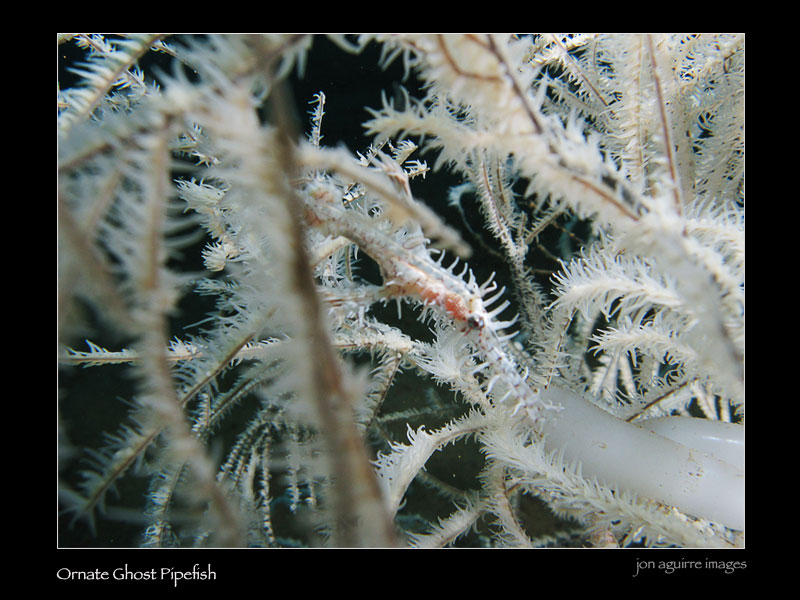Or just shoot RAW and fix it later
You can use lots of things to calibrate white balance if you dont have a card. Lots of places have white sand for example. Here and other places we use the awful alminium tanks whose only saving feature is they're a neutral gray in color.
You CAN use the palm of your hand to get it approximate too.
As said though to calibrate properly you need to have the card about the same distance from you as the intended suject and at the same angle. And redo this whenever you change depth. Remember to ensure the white card is properly exposed. A camera will tend to underexposure a white card (as its trying to make the scene grey) if you don't intervene.
Camera UW modes are problematic in that they're calibrate for certain waters at a certain depth only (typically blue water 10m or so) so once you deviate from that its not accurate. Manual is better.
Me? I shoot RAW on compact and DSLR
That works if he has RAW...and for macro you shoot with a light anyway








